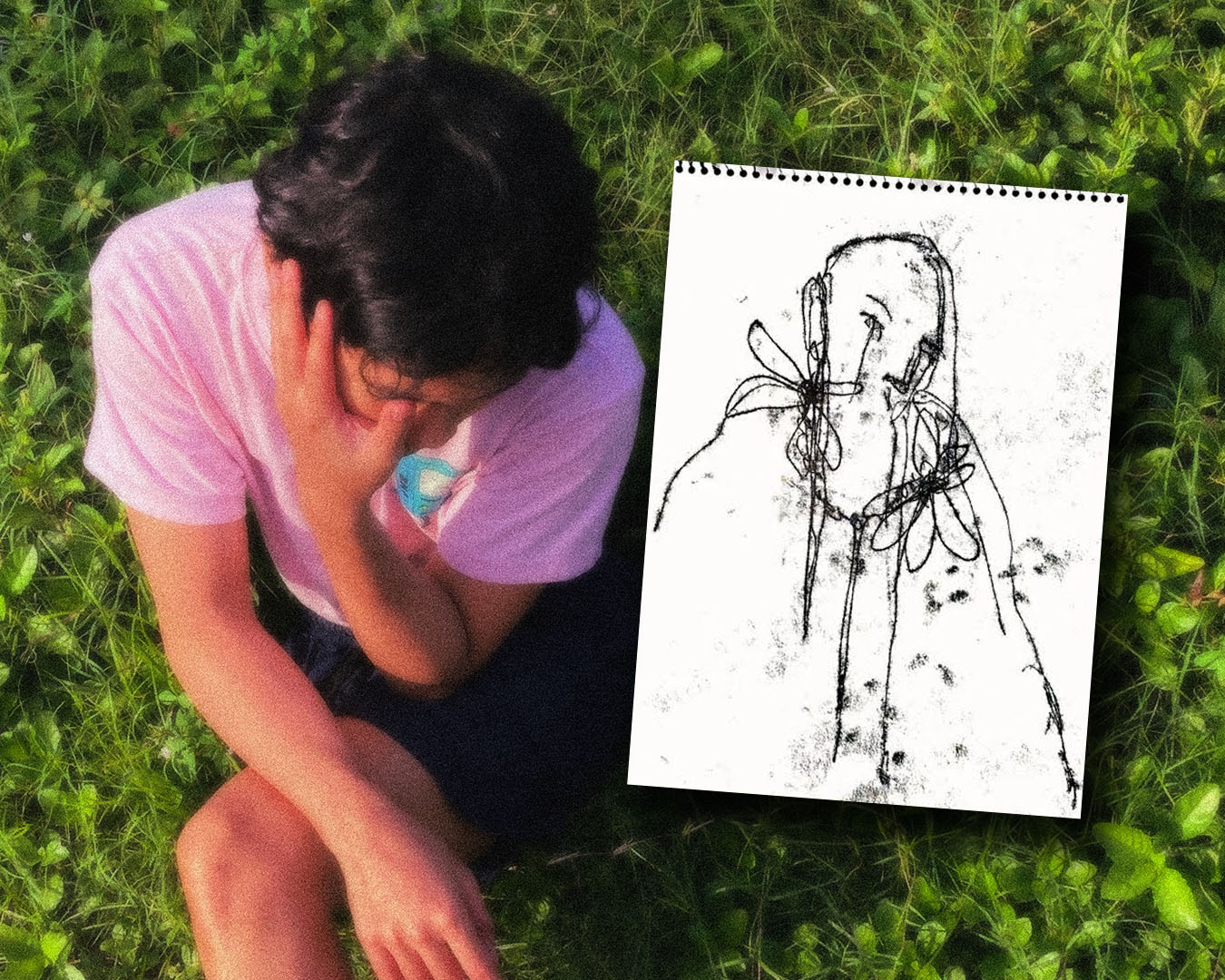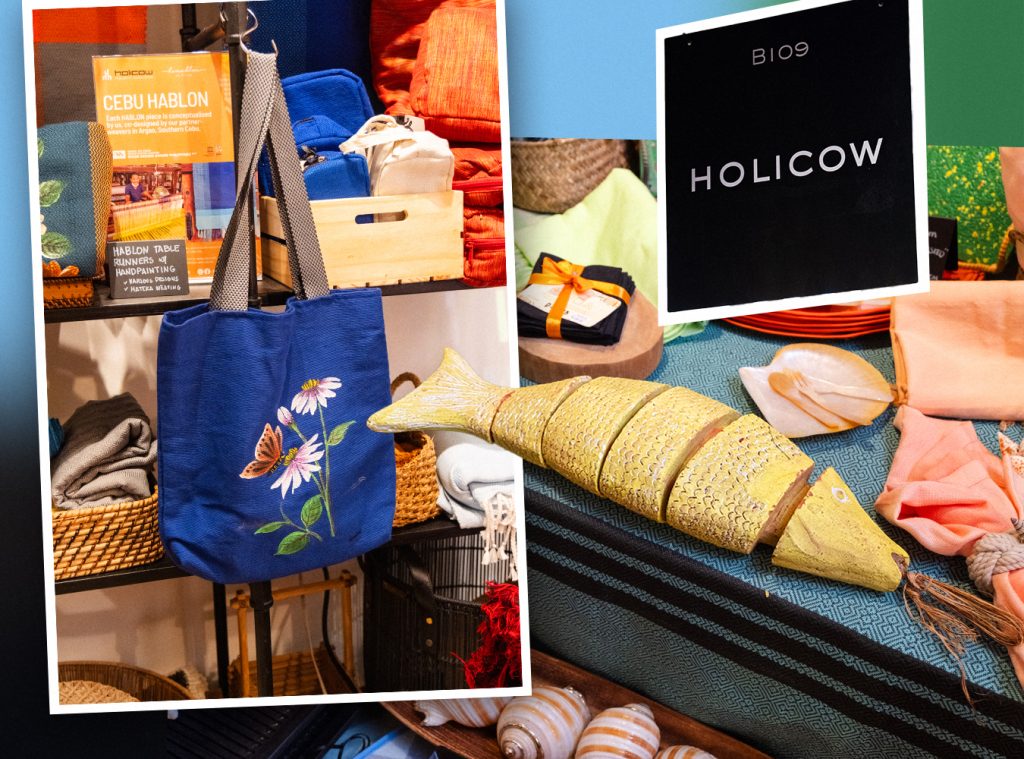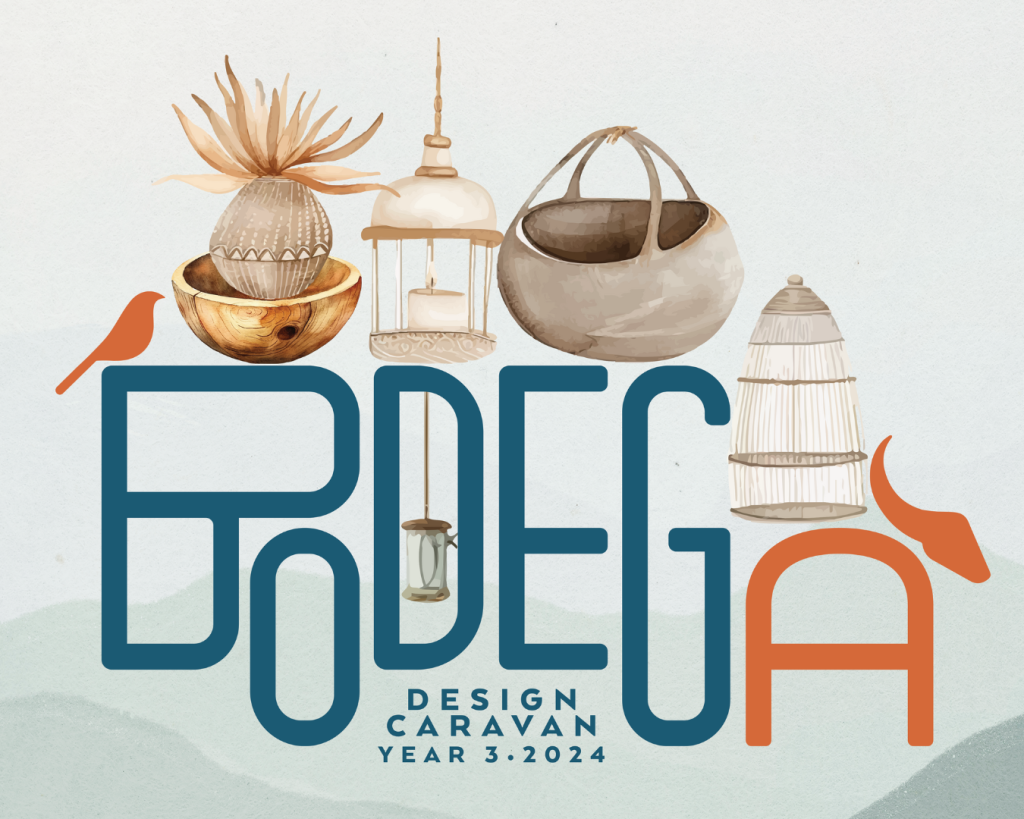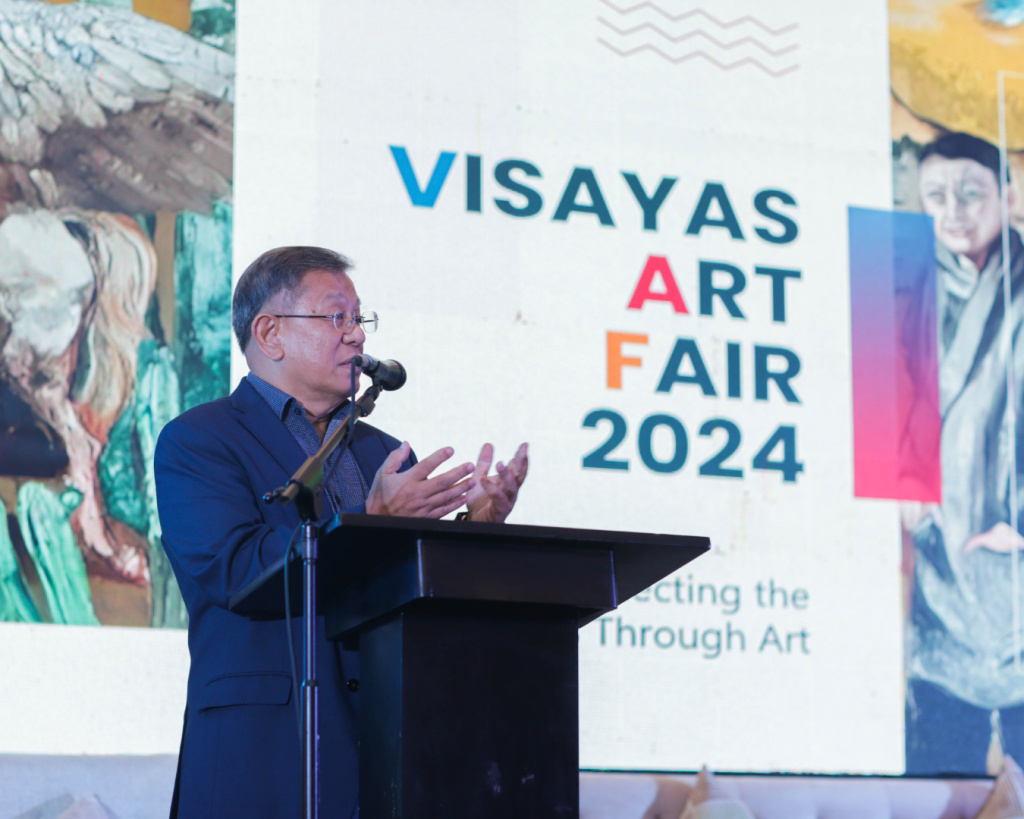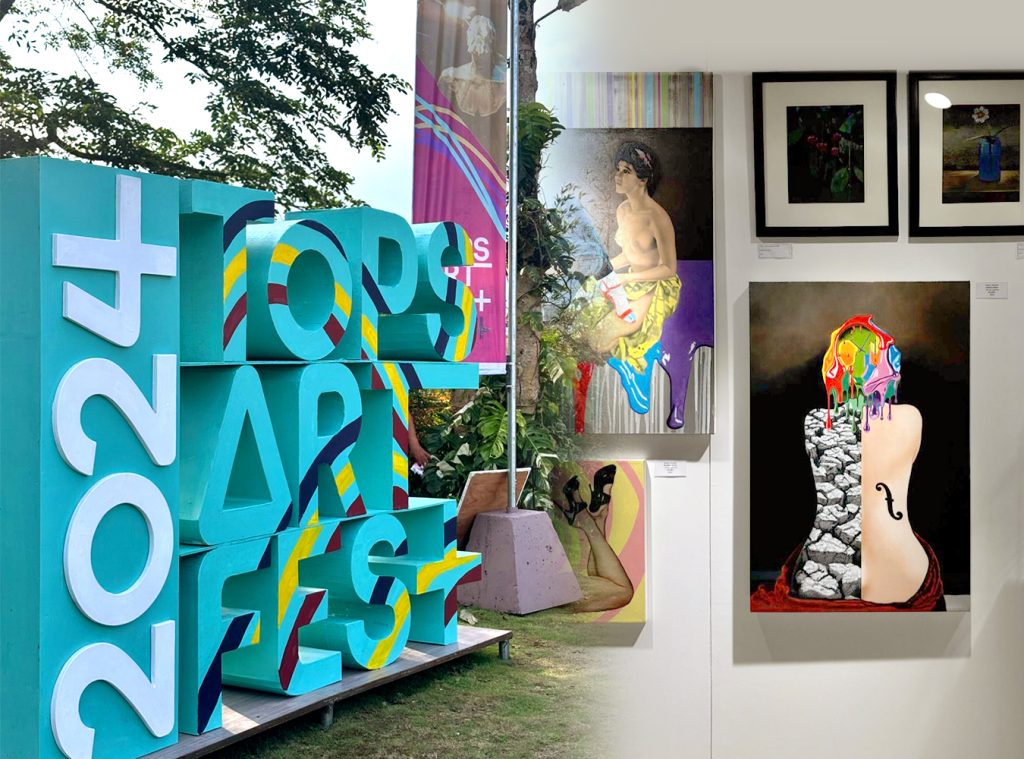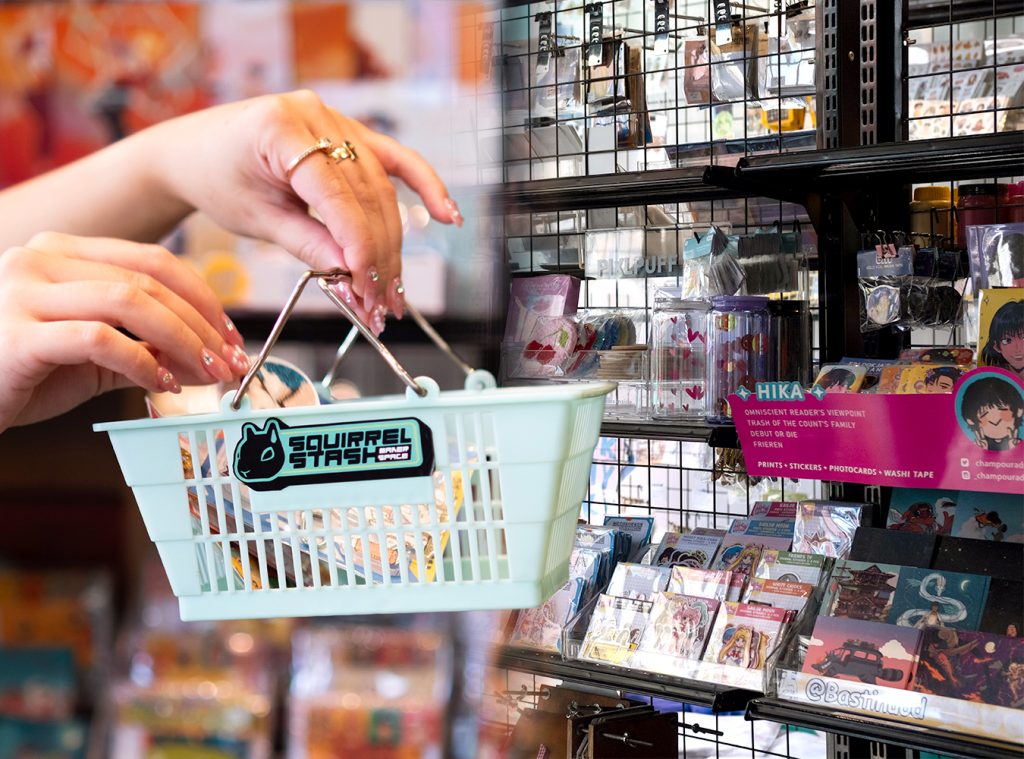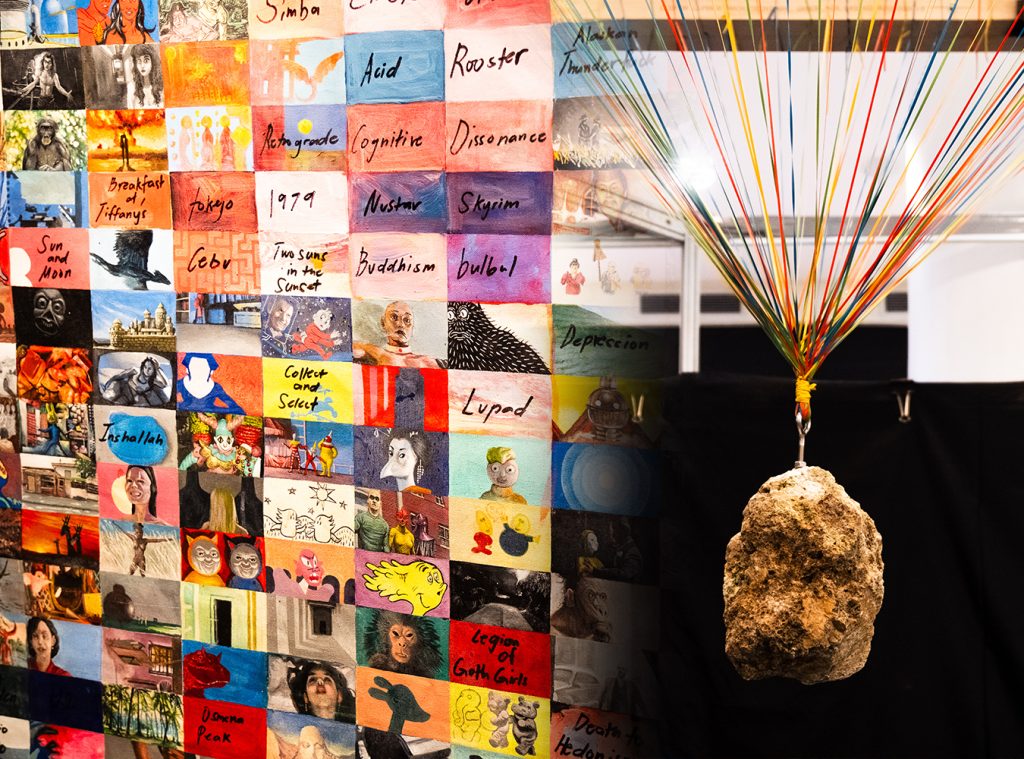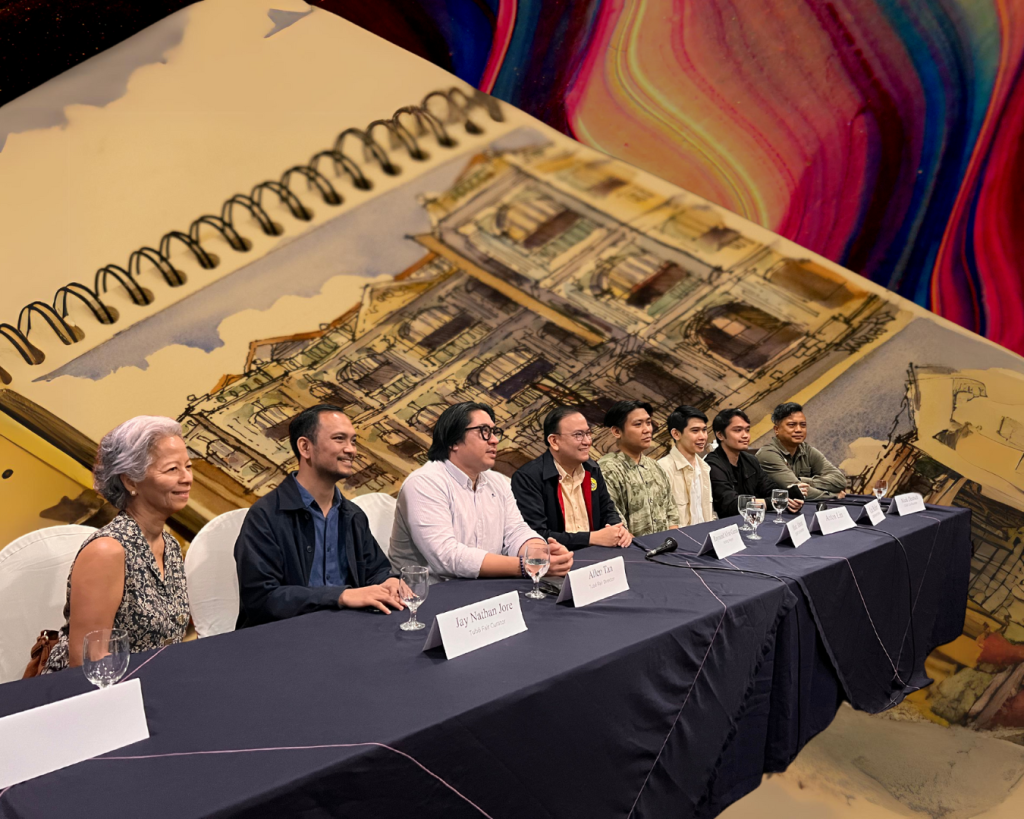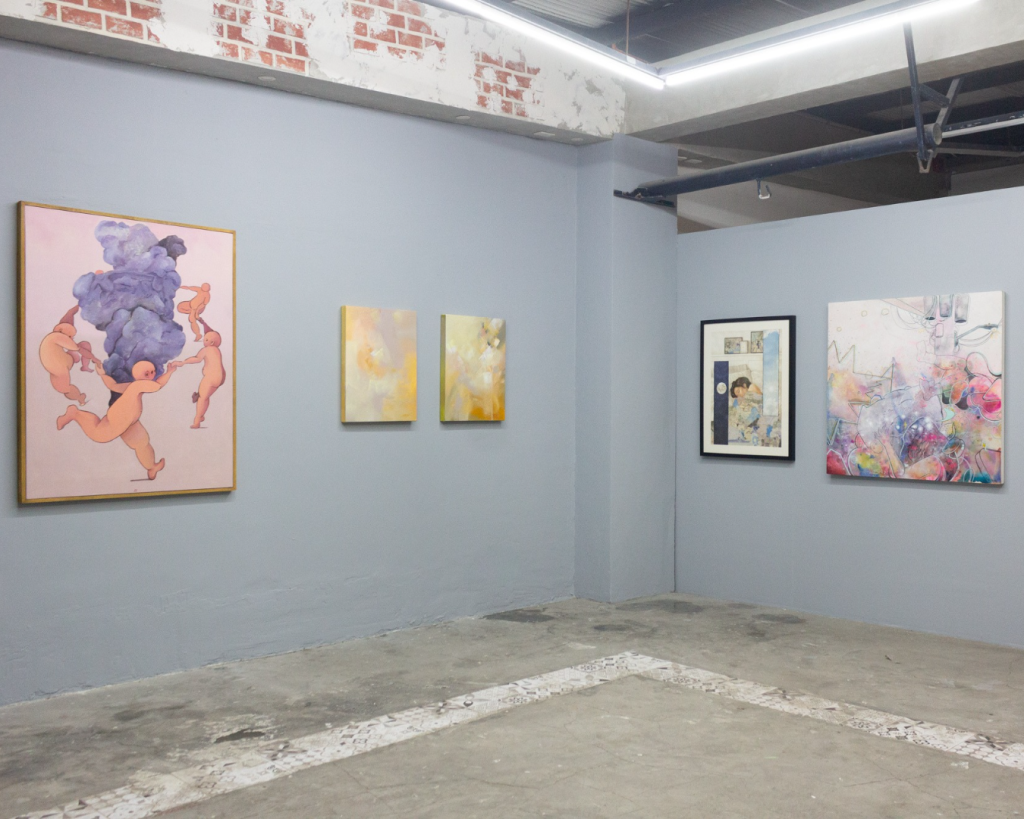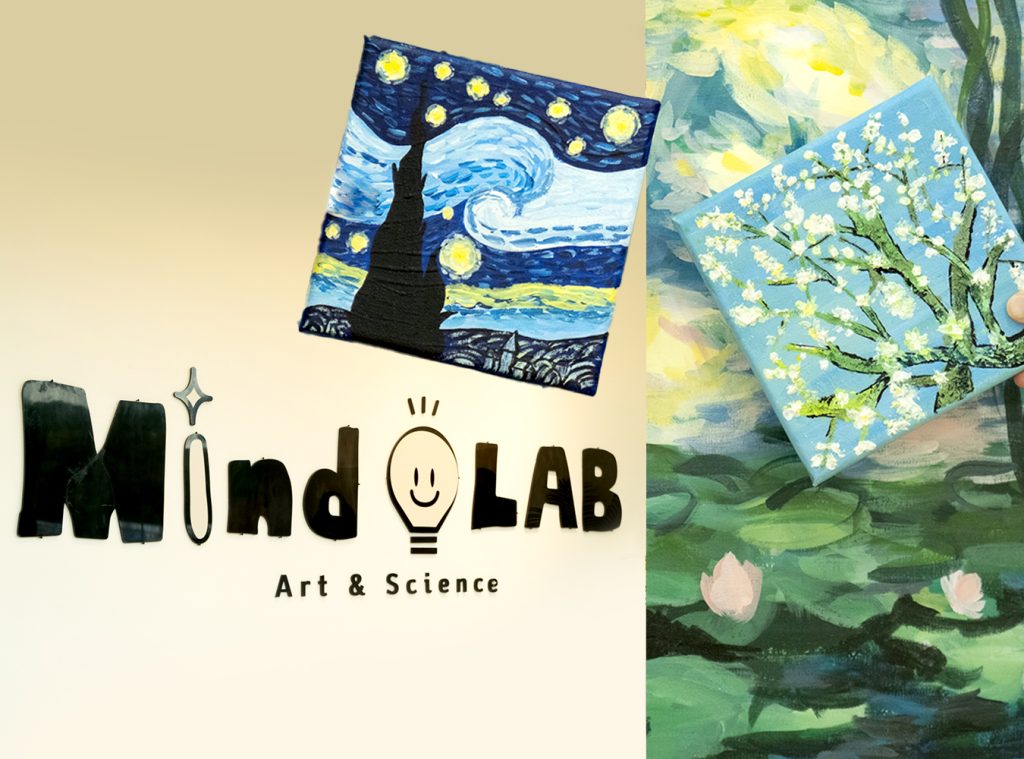My initial experience with therapy was when I was studying at university. I was studying Fine Arts at The University of The Philippines Cebu after years and years of not going to school because of traumatic experiences with stage 3 cancer, problems with my family, and handling life independently as an artist with a disability. After I finished the last of my chemotherapy sessions in 2013, I found myself at a loss—I was a new person, reborn again by the experience of physical and mental pain.
I didn’t know how to navigate this transition, so I started making art. Art, for me, isn’t just therapeutic. Art has to have many layers—social, political, psychological, personal—and one must take one layer at a time when needed. That being said, art played a huge role in my journey to self-realization and just feeling better overall from the major stresses I experienced, to say the least.
When I first sat down with a counselor because of problems with my studies, a string of personal problems started gushing out. It was like a mental blockage, a river not being allowed to flow. Psychology slowly pulled out the barriers and the boundaries I have created over the years and allowed the water of my psyche to gently become a steady stream. That’s when I got recommended to a psychologist, who has now been my long-term therapist for many years.
My first reaction to getting upgraded to a psychologist was a complete shock. I had misconceptions about therapy: that people who go to therapy must be crazy or unstable or have serious trauma that makes them depersonalize from themselves, that people who go to therapy have really lost it or want to end their lives. I didn’t feel like any of those. But at the same time, I knew I had serious problems, neurotic patterns. I felt like I had open wounds inside me that never fully closed, that when these wounds get in contact with a particular experience—chaos. Intensity rises and boils. My fight-or-flight response sets off like an exploding volcano. I wish I could say everything in writing this for the public about what caused this, I wish I could articulate more, but I have trouble explaining it myself.
Therapy provided me with a lot of clarity. This summer, I went almost every day, except on weekends. If I could write like how I wrote in my journal, it would defeat the purpose of therapy, where one can be truly vulnerable and say whatever they want in the spirit of free association.
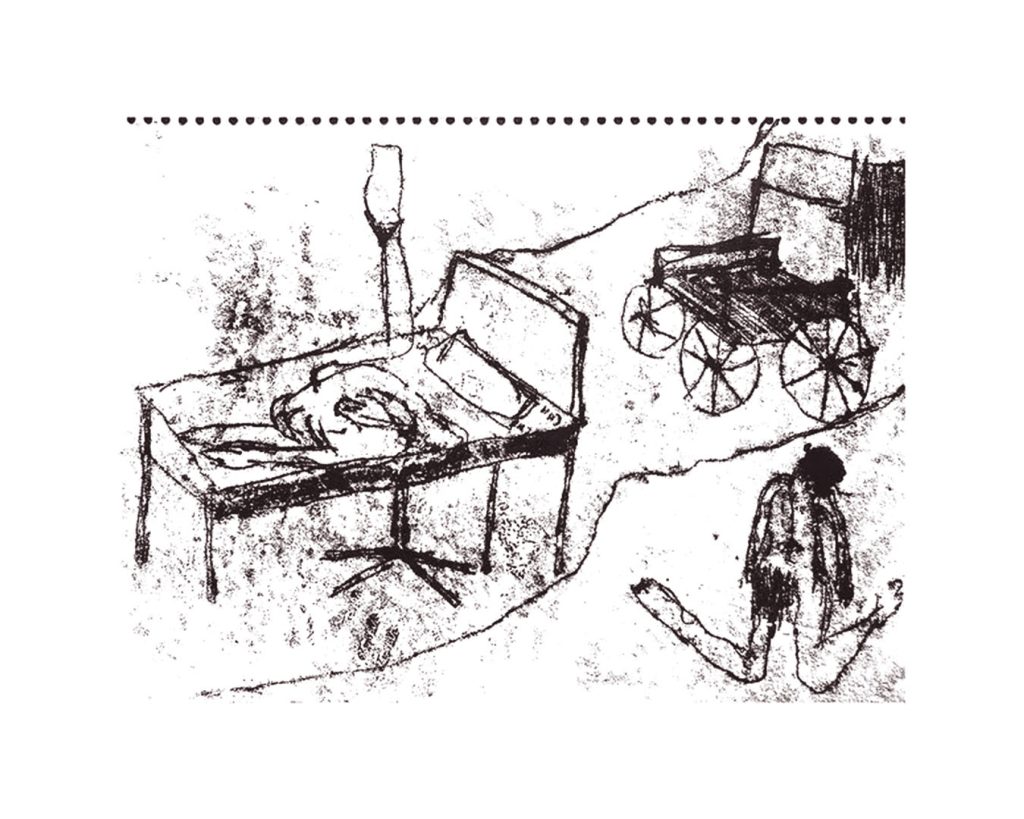
A good therapist will listen without judgment, and keep their clients’ personal business private. Art, much like therapy, reveals our true selves, without masks and decorations, without curtains and filters. It is the secret self, the intimate self that intrigued me. I found the combination of my creativity and methods of psychoanalysis to be the most intense form of grounding myself in reality. In both practices, I indulged in looking inside my mind, in dreams, in symbols, and in my emotions.
I get so tired of putting on multiple costumes a day: son, lover, artist, brother, friend, enemy, curator, writer, victim. I desire to be stripped bare from all of these. I want to find my humanity. Lou Andres Salome, one of the early female psychoanalyst thinkers believed that our philosophical problems are also psychological. I couldn’t agree more.
The problem with our current way of living is that we create more and more defenses and barriers that prevent us from nourishing our inner lives. We must create spaces for quietude, listening, and connectedness as a society. The disparaging dissonance between what we project on social media, and how we present ourselves to the public is frighteningly dystopic and inauthentic. I’m very grateful to the psychology community in this country for still believing in the art of counseling.
I write this to inspire sensitivity to ourselves and to others because we as human beings can have moments of extreme fragility, frailty, grief, loss, and anxiety and these can violently break the bridges from our inner selves. I urge sensitivity, especially because we all have moments of failure and lack of clear judgment.
Mental health is just an extension of our physical vitality. When the mind feels overwhelmed, foggy, or is in pain, so does the body. We need to find a place where we can center ourselves, and levitate above experiences that stifle us or throw us off balance.
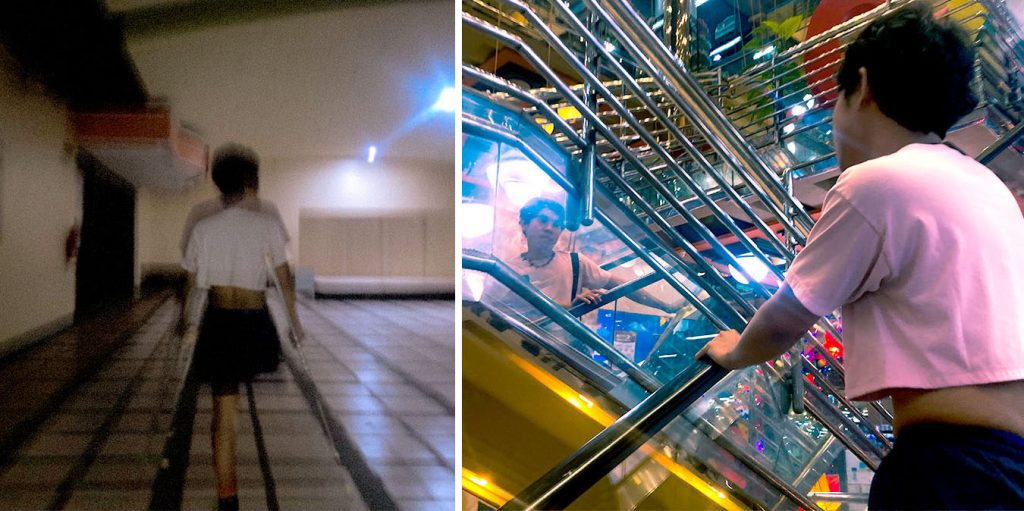
In doing therapy at the clinic, I also did therapy at home. I became obsessed with journaling, it gave me strength both as a human being and as an artist. My creativity is a healing force, and so is my will. As life goes on, I find myself concerned with my own mortality and look for ways to make my life more meaningful. I’m obsessed with meaning—that’s why I don’t regret anything. Everything served a purpose in the past, like learning from my mistakes. I only look at the past for reference. I always tell my friends that I want to move forward towards the future and I want to enjoy the present. There are, of course, moments of unhappiness in my young life—anxiety, instances of withdrawing from society, and times where the emotion is so raw it creates fissures in my mind—like all of us.
But I realized more and more that the goal of the artist is to stay in touch with the world, it is my driving force, because the desire for connectedness also means a desire for people to be less isolated. What I mean is that we sometimes need to reveal bits and pieces of our secret selves and learn how to trust in the goodness of human beings so that we ourselves will not be isolated from our own painful experiences. This is what therapy did for me, it clarified some things, and it gave me parts of myself that I had lost to disease or abuse.
I was diagnosed with Post Traumatic Stress Disorder last May, which was very difficult for me to accept. In learning to live with it, it gave me the necessary tools to overcome it. A simple acknowledgment of the horrible things we experience can give us relief. Meanwhile, repressing them often creates solitude.
I desire to continue living, and being overwhelmed by negative emotions doesn’t feel like I’m living. Negative emotions can suffocate us and stop us from reaching our full potential. Psychology and art can help us thrive in a hostile world—as it has shown us time and time again, in both their scientific and spiritual qualities.
I stress so much the importance of trusting in oneself first, as therapy has shown me that the link that we look for in the outside world is often within us. Self-confidence is something that we need to build up constantly, by using this trust in ourselves. I want to demystify therapy and share this experience, that it repaired links that were abruptly cut for me and helped me recognize my true potential. I want to demystify pain and suffering through the therapy itself. Lastly, I want to demystify the act of healing, as I realized it is something that we must maintain and look after, like a plant that needs to be fertilized, watered, and transported where it can absorb the rays of light from the sun when needed.
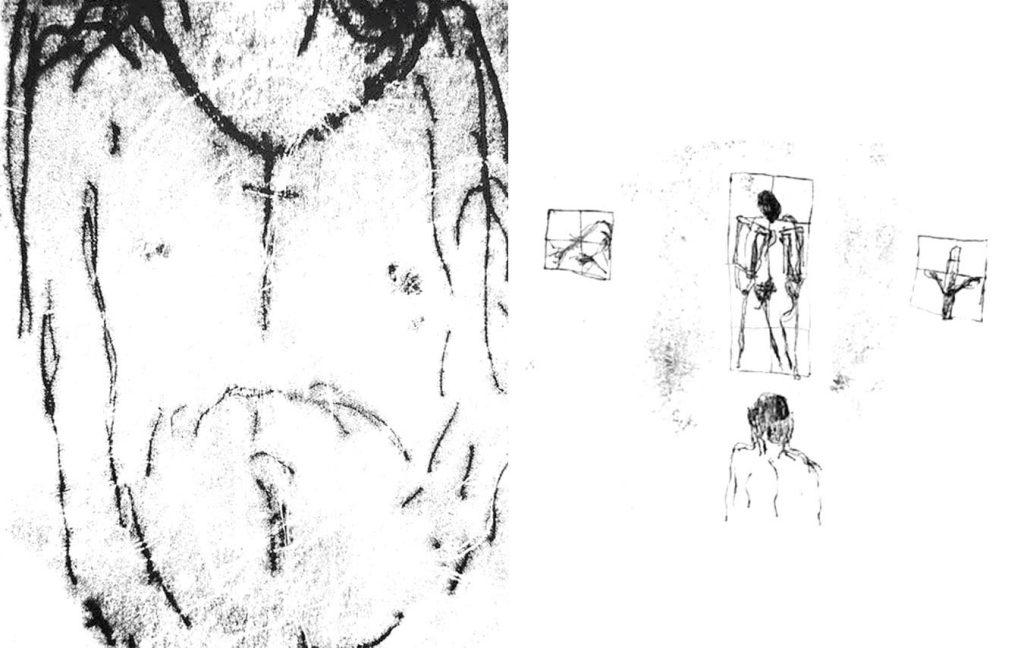
I’m inspired by the idea of imagination as a playground for recreation and rejuvenation. Our imagination knows where to hurt us, yes, and it can create unnecessary suffering. But our imagination can also be used as a tool to liven us up, much like how daydreaming and dreams can give us vitality. Being in touch with the subconscious is a privilege, that’s why dreamers and artists are very lucky.
When I was grieving the death of my grandmother, I had this dream where she died in the ocean and there was a running faucet that was broken that I kept fixing. The faucet became a symbol of my tears, my sadness. Overflowing, no matter how many times I fix it. I draw from this dream, write freely, using it as a source of creativity.
In analyzing certain pains, transmuting them into art, the grief felt lighter, more manageable, and that’s exactly the same way I felt in therapy. In confiding with another person, and being truly honest with myself, a more liberated version of me sprung out. What I don’t want to feel is to be wrung out by life or stuck. I crave mobility and transcendence, but in maintaining the self, certain feelings and flashbacks can haunt us over and over again. It goes back to the Kierkegaardian idea of truth: that the truth is constantly evolving and moving along with us, developing and growing with time. I believe the same thing with the truth about ourselves or the truth that we constantly tell ourselves about ourselves.
Sometimes, our potential to heal isn’t as strong, so we must be creative and exhaust any means in our quest for repair—because if we are whole, we get to live out full lives pregnant with meaning and joy.
Photography Silke Talastas | Artwork Christian Villanueva


